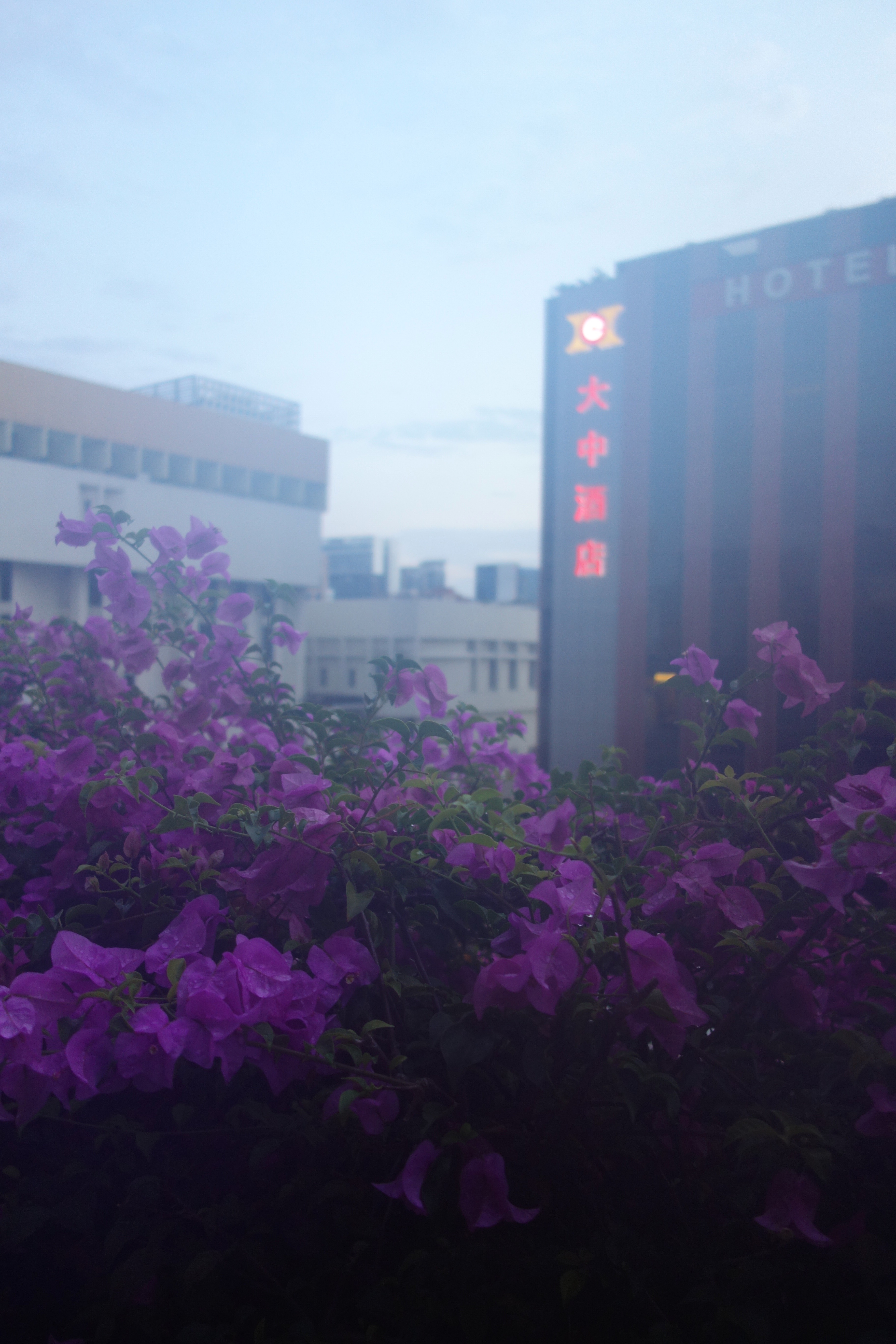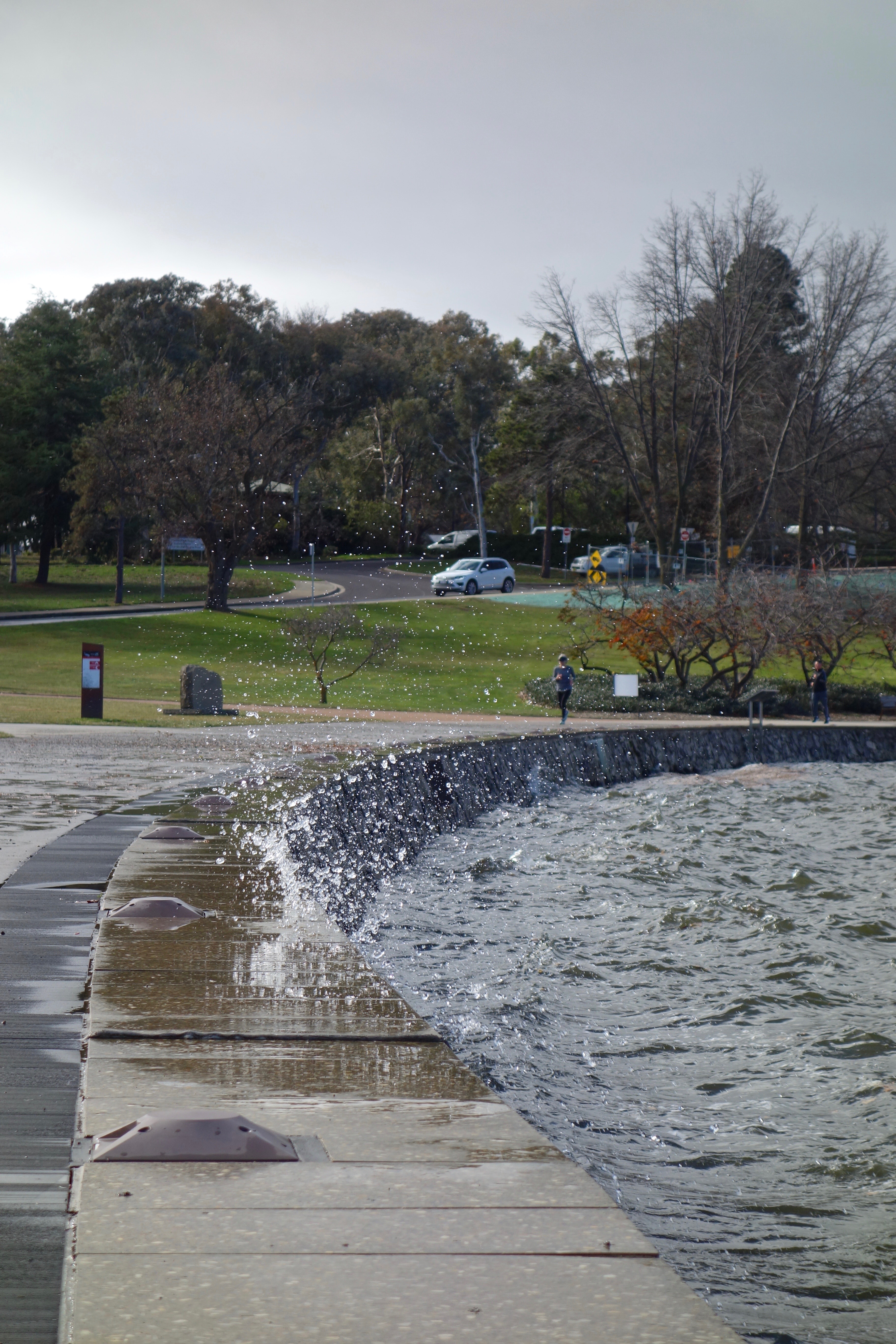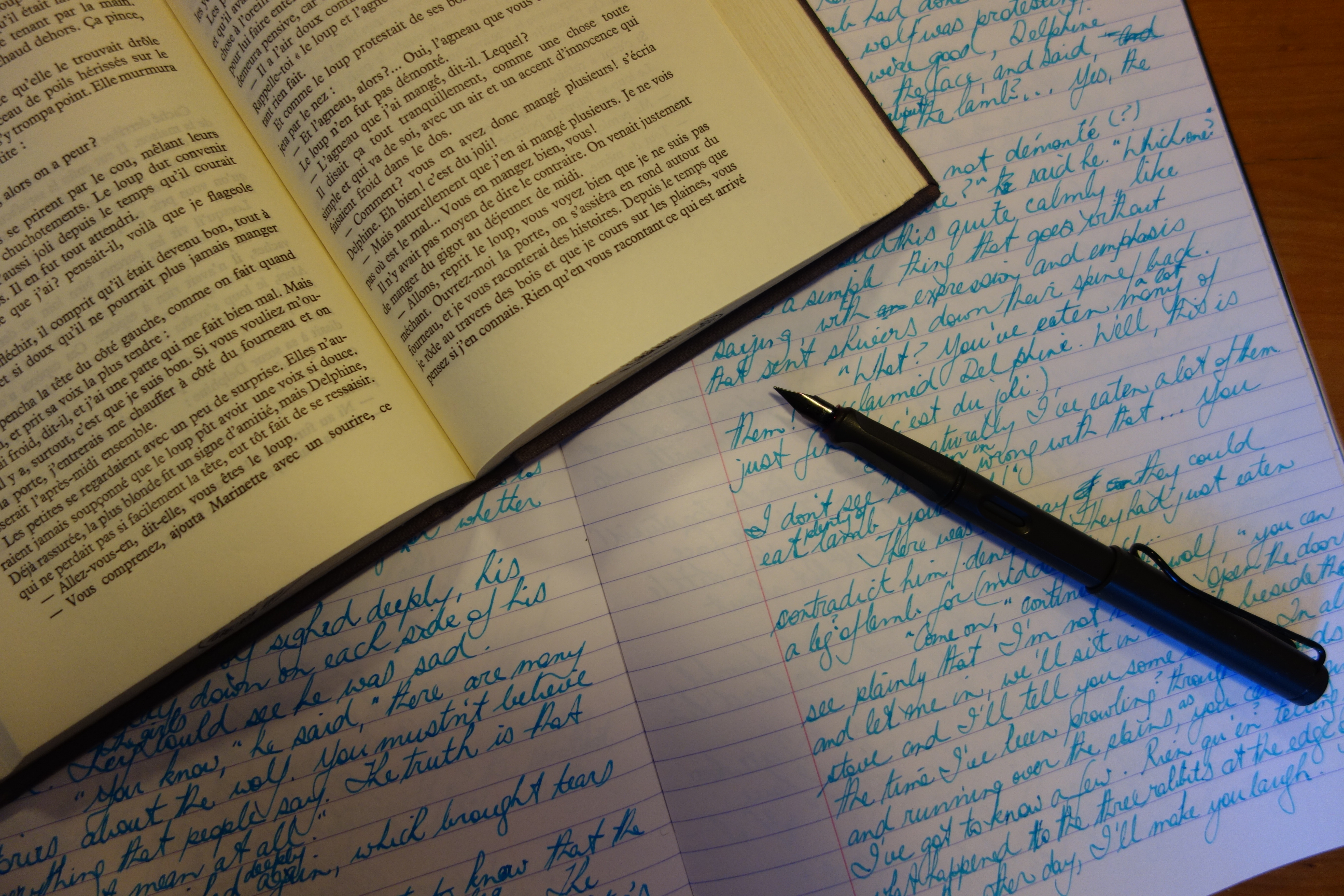I’ve not only changed seasons from winter to summer, I’ve changed countries, again. In this present country, England, in this city, London, each day changes weatherwise. When the temperature’s up and the sky is clear, the ideal summer day, jets leave condensation trails in white exes against the blue, visitors to Hyde Park buy ice creams and let their children play in the ‘Diana, Princess of Wales Memorial Fountain’, and the park gardeners busily pull out unwanted pond-side plants. Tourists sail on the lake, attracting swans in flocks looking for crumbs. And the ugly duckling born in spring is left to fend for himself, wondering why.
 The next day the sky is grey, rain falls on and off for hours, the ground is puddly in the least expected places, and canvas shoes let in water. The old dark brick 18th-century buildings of the former silk manufacturing area, Spitalfields, look worse without sunshine. But I’m sure they’re beauties inside now that the price tags are in the millions.
The next day the sky is grey, rain falls on and off for hours, the ground is puddly in the least expected places, and canvas shoes let in water. The old dark brick 18th-century buildings of the former silk manufacturing area, Spitalfields, look worse without sunshine. But I’m sure they’re beauties inside now that the price tags are in the millions.
 Thanks to Cardinal Guzman for his seasonal inspiration.
Thanks to Cardinal Guzman for his seasonal inspiration.
*****

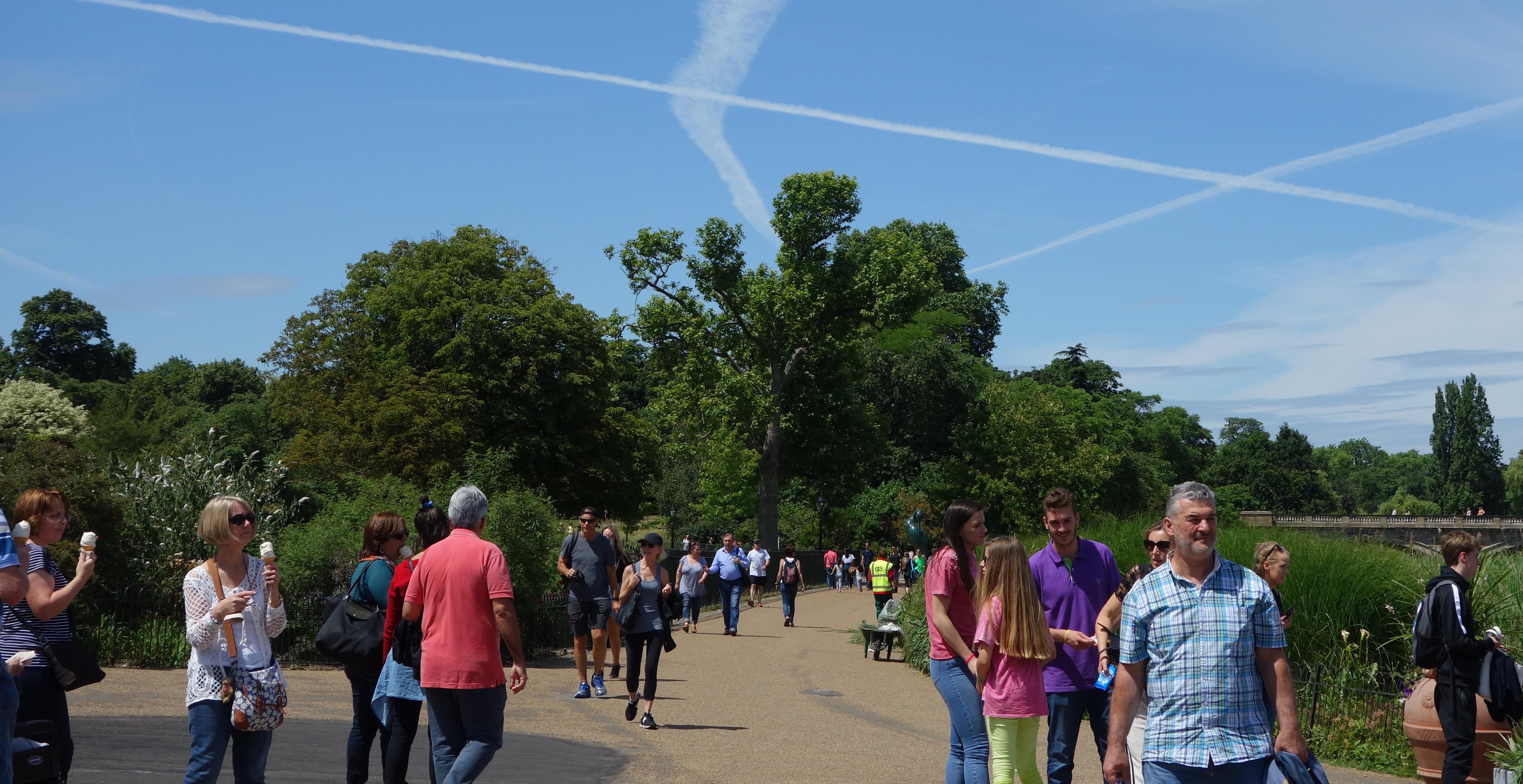
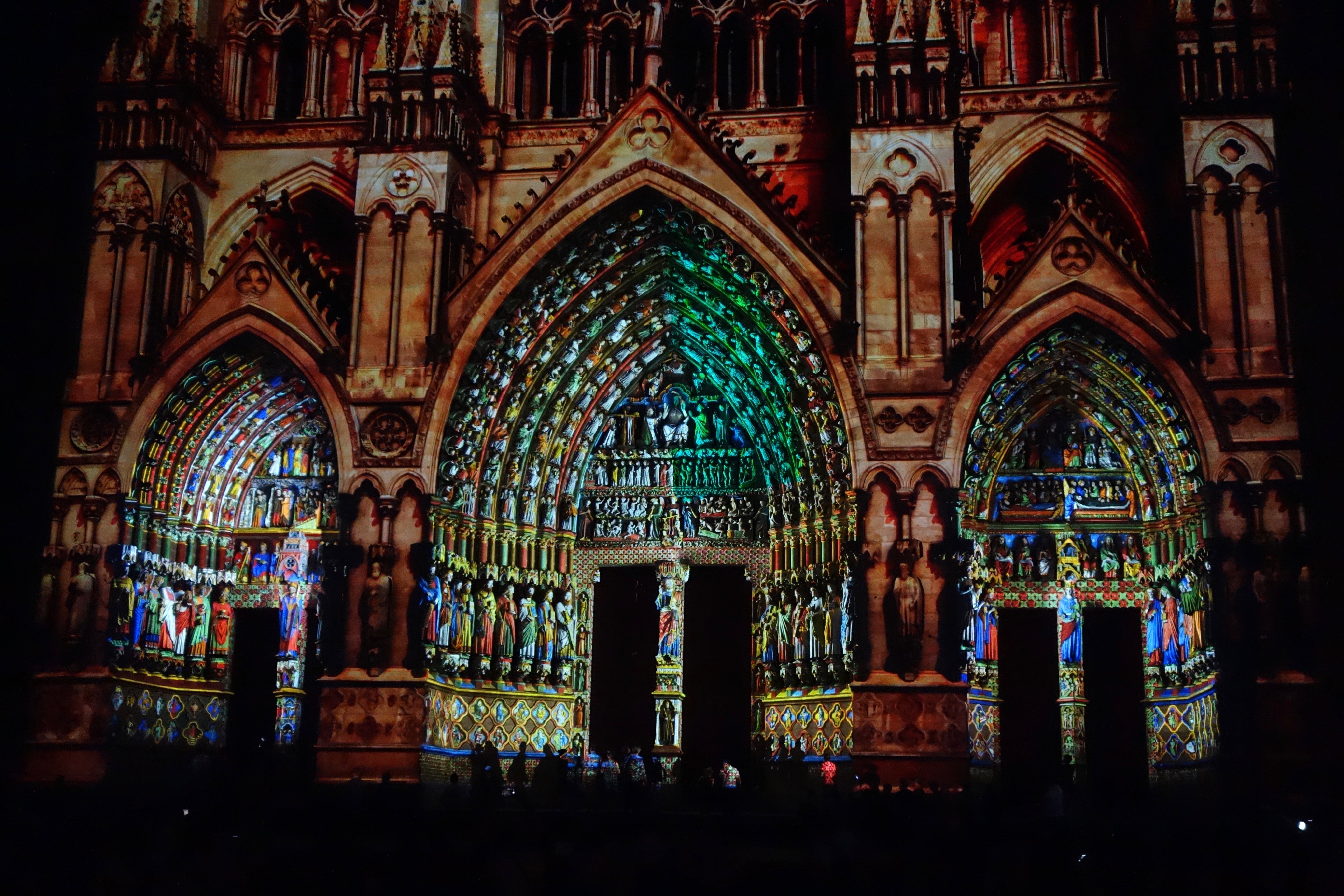





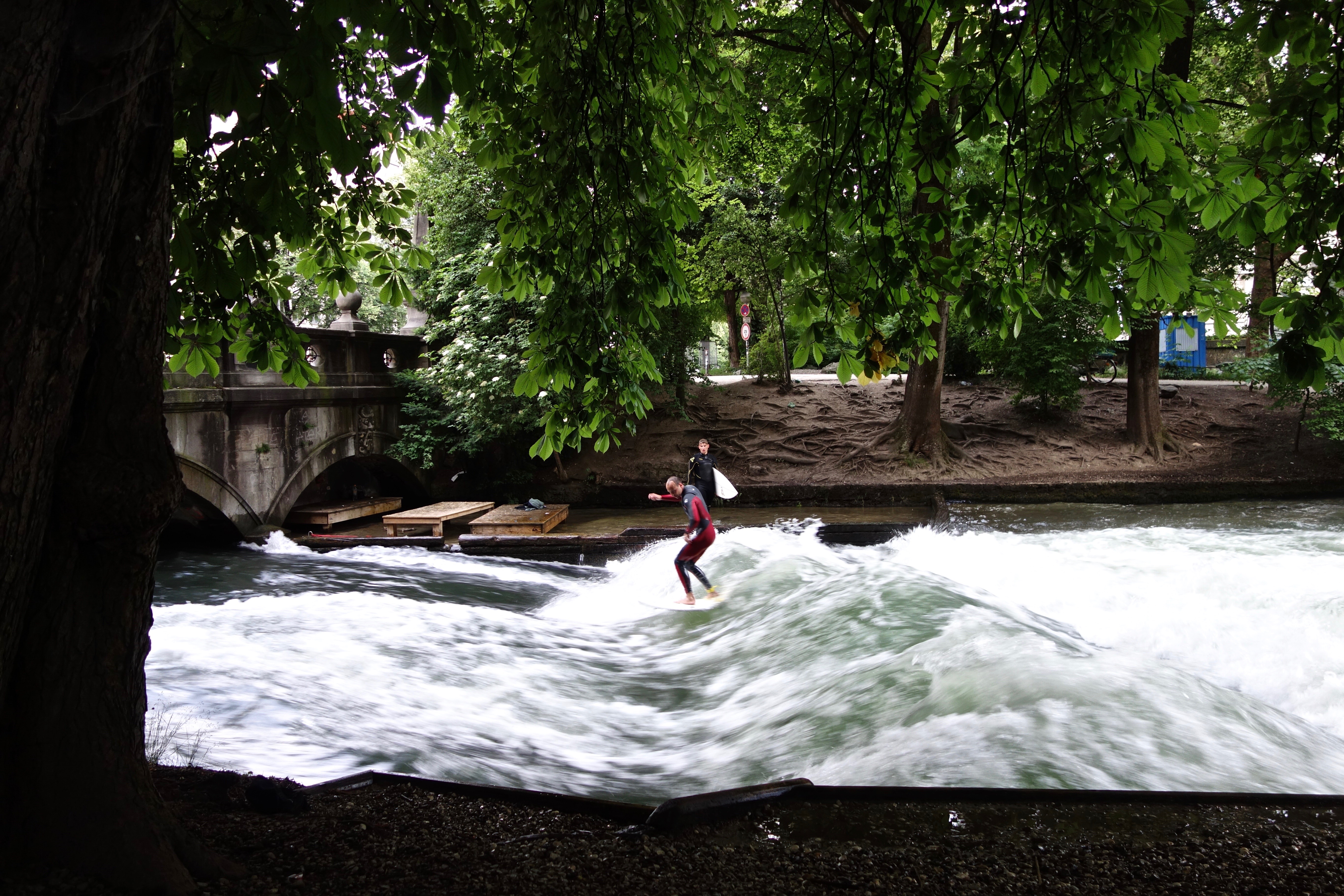
 The surfers are out every morning, but on Sunday morning in the Englischer Garten there were people not just surfing, or strolling like me; others were boxing, studying, cuddling, meditating, photographing, dog-walking, or doing a little yoga:
The surfers are out every morning, but on Sunday morning in the Englischer Garten there were people not just surfing, or strolling like me; others were boxing, studying, cuddling, meditating, photographing, dog-walking, or doing a little yoga:

